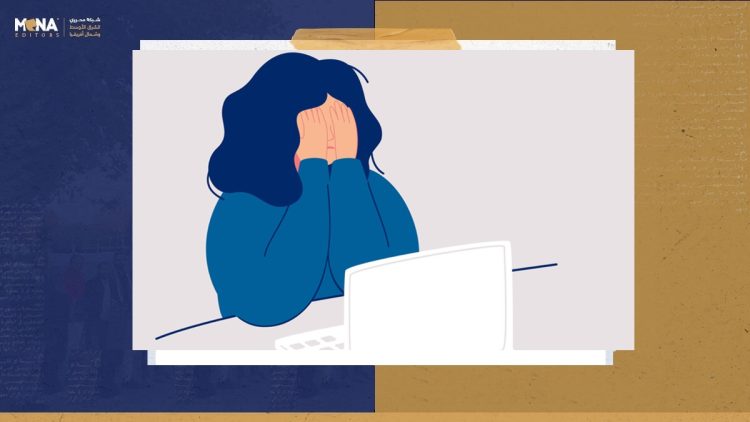IBRAHIMOGLU
Female journalists worldwide face extortion and threat campaigns, both online and in real life. According to a recent UNESCO study, 73% of female journalists have experienced online violence, while 25% reported direct physical threats. These threats impact press freedom and the safety of journalists, calling for effective preventive measures.
1. Strengthening Digital Security
Given the rise of cyberattacks, digital security has become crucial. Female journalists can enhance their digital security by
- Using two-factor authentication on electronic accounts to reduce the chances of hacking.
- Relying on encryption software to protect sensitive data, such as secure email applications (e.g., ProtonMail) and file encryption tools (e.g., VeraCrypt).
- Avoiding location sharing during field coverage, especially in high-risk areas, by disabling location services on smartphones.
- Using reliable VPN networks to protect online communications and prevent digital tracking.
2. Building a Professional Support Network
Having a strong support network helps journalists cope with threats and manage crises more effectively. This can be achieved by:
- Joining journalist alliances and supporting organizations such as the Committee to Protect Journalists (CPJ) and Reporters Without Borders, which offer legal protection and support for journalists.
- Participating in crisis management and threat-handling workshops, which help journalists develop skills for responding effectively to digital and physical attacks.
- Creating closed online support groups to share experiences and recommendations with fellow professionals.
3. Dealing with Defamation Campaigns Smartly
Defamation and extortion campaigns aim to silence female journalists and damage their credibility. Therefore, it’s essential to follow strategic approaches to address them:
- Documenting all threats and preserving them as legal evidence, such as screenshots or recordings, for potential legal action.
- Requesting support from media organizations to quickly remove harmful content and communicating with social media platforms to report violations.
- Using counter-media strategies by publishing accurate reports that highlight the journalist’s credibility and refute false claims.
4. Turning to Legal Authorities
Reporting threats is a critical step in protecting against potential harm. This includes:
- Filing official reports with relevant authorities to ensure action is taken against the perpetrators.
- Consulting lawyers specializing in press freedom issues, who can provide legal advice and defend journalists if they face legal challenges.
- Familiarizing oneself with local and international laws protecting female journalists, such as freedom of expression laws and journalists’ rights.
5. Mental Health Care
The psychological pressure from extortion and threats can negatively affect female journalists’ performance and personal lives. Therefore, it’s crucial to:
- Consult mental health professionals when facing intense extortion campaigns to receive necessary psychological support.
- Set aside time for rest and alleviate work-related stress by engaging in relaxing activities such as meditation and exercise.
- Join psychological support groups that include female journalists who have faced similar experiences, providing an opportunity to exchange solutions and strategies for coping with threats.
Conclusion
The safety of female journalists remains a top priority, and global efforts should be enhanced to protect them and ensure a safe working environment for all. Adopting digital and legal protection strategies, along with professional and mental support, helps female journalists face challenges and continue their media mission freely and safely.
For more information and studies on this topic, you can refer to reports from UNESCO and the Committee to Protect Journalists.






